In lousy weather, backyard chickens may find themselves confined to spaces smaller than they ordinarily enjoy leaving them bored, lacking optimal elbow room, and deprived of much needed exercise. Boredom can encourage unwelcome behaviors such as feather picking, and egg-eating, which are tough habits to break, so I like to make small tweaks in my flock’s environment to keep them mentally and physically stimulated without relying too heavily on treats, yes, even healthy treats can negatively impact their health by diluting their diet.
A word of caution: too many environmental changes at once can cause undue stress on chickens who are naturally suspicious of new things, so pace yourself with the number and frequency of boredom-busters. A novel dust bathing area is a simple solution for foul weather entertainment, so let’s make one!
Dust bathing is at least as much a recreational and social activity as it is a way for chickens to maintain their feather and skin condition. While chickens ordinarily dig their own dusting holes, if they’re confined to a hard-packed area, always provide some loose, dry dirt, sand, or peat moss for chickens to dust bathe. They will roll in it, toss it onto their skin and feathers and eventually shake it all off themselves. If you use sand for litter as I do, your chickens will happily dust bathe in it regardless of the weather, but a new dusting location, a different vessel, or novel material will keep things interesting during snowy, wet, or otherwise foul weather.
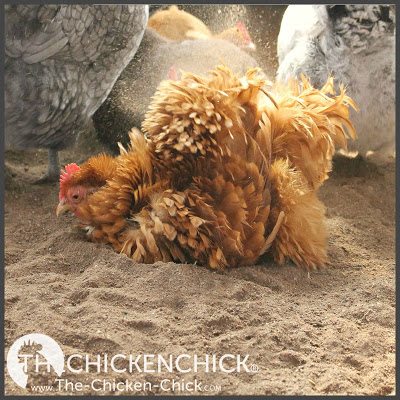
To break up this winter’s monotony, I simply added two bags of peat moss to a $5.00 plastic kiddie pool. Voila! Hours of chickening entertainment! A large flower pot, cardboard box, bucket or tubs all work as fantastic dust bath containers too!
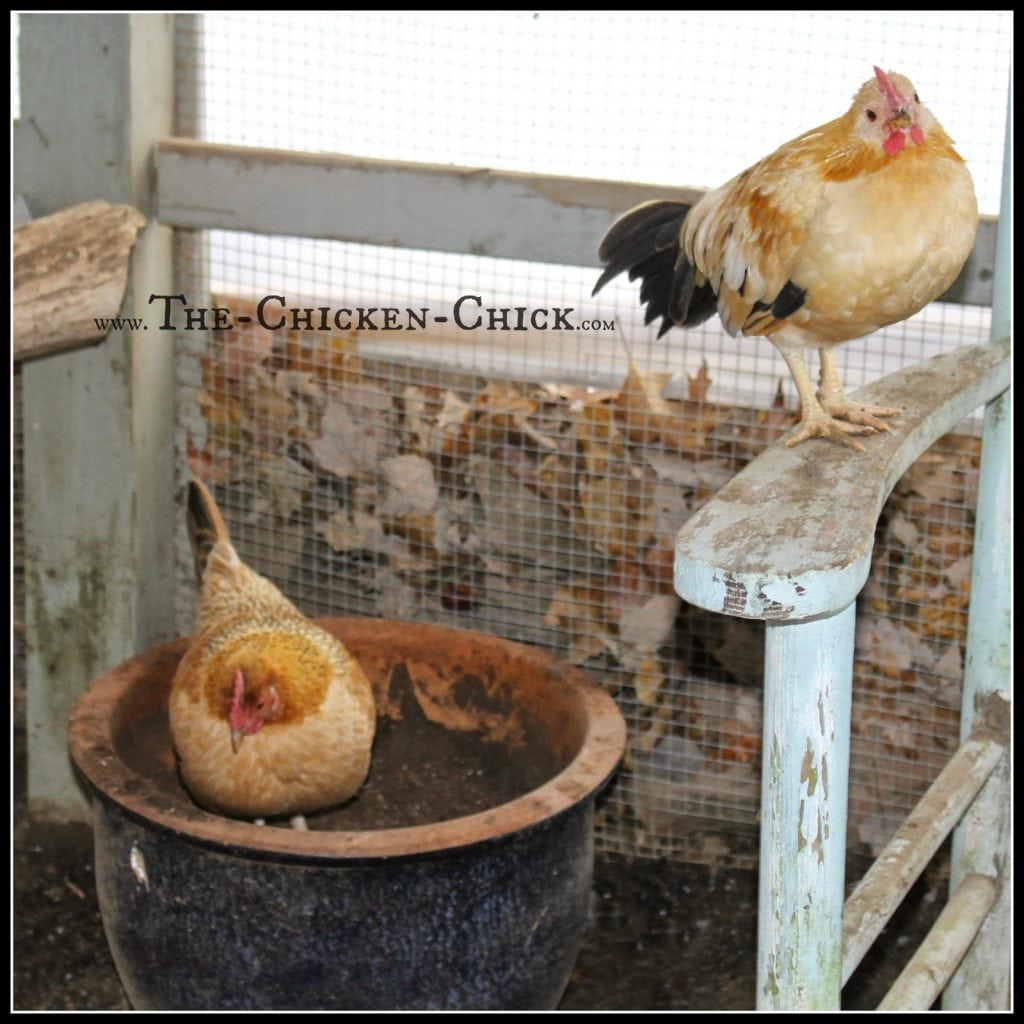
There is no need to concoct a special mixture for adequate dust bathing. In fact, commonly suggested “recipes” for dust baths include additives that run the gamut from wood ash to road debris to food grade diatomaceous earth—all unnecessary and dangerous to varying degrees. Wet wood ash creates lye, which can burn skin; road debris often contains salt and other toxins. And food grade diatomaceous earth is dangerous in high dust environments when inhaled by humans and chickens. So keep it simple and safeguard their immune systems, delicate mucous membranes, and sensitive respiratory systems- sand, peat moss, or plain ol’ dirt are all you need for a satisfying, effective dust bath! Learn much more about the many hazards to chickens of food grade diatomaceous earth here.
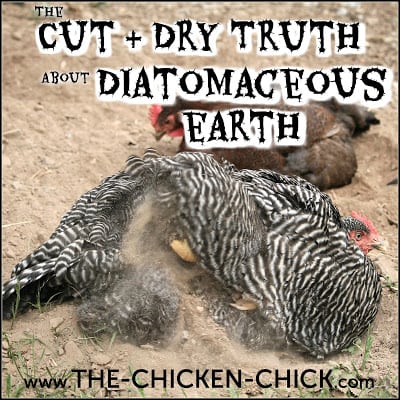
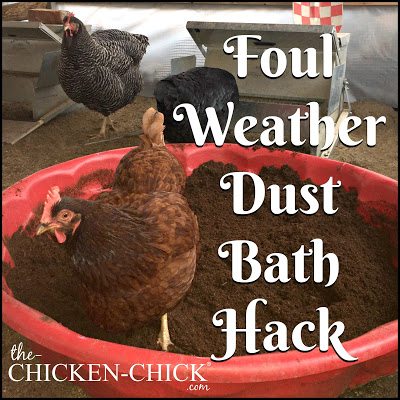
Sources and further reading:
Diatomaceous earth, Is it an Is it an effective dewormer for sheep and goats? A review of the scientific literature
http://cru.cahe.wsu.edu/CEPublications/eb1784e/eb1784e.pdf
http://rodaleinstitute.org/2012/turning-compost-by-temperature/
http://extension.unh.edu/resources/files/resource000811_rep844.pdf
Storey’s Guide to Raising Chickens, Damerow, Gail. Storey Publishing, 1995.
Raising Chickens Naturally: Diatomaceous Earth is No Friend of Nature, by herbalist Susan Burek
The Dirt on Diatomaceous Earth
OSHA Guidelines Amorphous Silica
http://www.atsjournals.org/doi/pdf/10.1164/ajrccm.158.3.9709103
Diatomite Mining and Processing
http://edis.ifas.ufl.edu/ig140
Herbal Pest Management, Susan Burek, Herbalist BackyardPoultry Magazine June/July 2011
A Personal Perspective on using DE, Herbalist Susan Burek
The Dirt on Diatomaceous Earth, Shagbark Farms
The Chicken, A Natural History, Barber, Joseph. Race Point Publishing (2012)
Mites of Poultry,The Merck Veterinary Manual
Diseases of Poultry, 13th Edition, Saif, Y.M.
External & Internal Parasites of Poultry, Eva Wallner-Pendleton, DVM, MS, ACPV
Pesticides Used for Control of Poultry Insect Pests
Technical Summary for Elector PSP
http://sandcollectors.org/what-is-sand/
http://colbydigssoil.com/2012/07/09/sizing-up-soil-structure/
http://www.planetnatural.com/diatomaceous-earth-bees/
http://ps.oxfordjournals.org/content/90/7/1416.full.pdf+html?sid=1208b50b-9c38-4c31-aba1-752b37d31c1f
http://www.mnwelldir.org/docs/misc/silica.htm
http://www.ncbi.nlm.nih.gov/pmc/articles/PMC3059459/
npic.orst.edu
http://www.mtsylviadiatomite.com.au/
Thermophilic bacteria, Compositing Stages, and The Sanitization of Compost
Poultry Farming
DE does not have an effect on parasites loads as measured by fecal egg counts in sheep and goats.
Images of DE cutting into insects
Diatomite Mining and Processing Quarles, W. 1992
Diatomaceous earth for pest control. The IPM practitioner. Monitoring Field Pest Manage. 14:1–11. Quisenberry, J. H. 1967.
Eshleman, J. C. 1966. Poultry feed containing about 1% diatomaceous earth. US Pat. No. 3,271,161.
Pollinating Birds, Mammals Falling Victim to Extinction
What will Happen if the Bees Disappear?
DE is Unsafe to use around essential pollinators such as honey bees
DE is Highly Toxic to Bees
http://www.science.org.ge/3-1/Bernard.pdf
Korunic, Z. 1998. Diatomaceous earths, a group of natural insecticides. J. Stored Prod. Res. 34:87–97. Kouba, M. 2003.
(1)http://www.absorbentproductsltd.com/diatomaceous-earth-anti-caking-agent-and-flow-aid.html
http://compost.css.cornell.edu/microorg.html
http://web.extension.illinois.edu/homecompost/science.cfm
Kathy Shea Mormino
Affectionately known internationally as The Chicken Chick®, Kathy Shea Mormino shares a fun-loving, informative style to raising backyard chickens. …Read on


shop my SPONSORS
In lousy weather, backyard chickens may find themselves confined to spaces smaller than they ordinarily enjoy leaving them bored, lacking optimal elbow room, and deprived of much needed exercise. Boredom can encourage unwelcome behaviors such as feather picking, and egg-eating, which are tough habits to break, so I like to make small tweaks in my flock’s environment to keep them mentally and physically stimulated without relying too heavily on treats, yes, even healthy treats can negatively impact their health by diluting their diet.
A word of caution: too many environmental changes at once can cause undue stress on chickens who are naturally suspicious of new things, so pace yourself with the number and frequency of boredom-busters. A novel dust bathing area is a simple solution for foul weather entertainment, so let’s make one!
Dust bathing is at least as much a recreational and social activity as it is a way for chickens to maintain their feather and skin condition. While chickens ordinarily dig their own dusting holes, if they’re confined to a hard-packed area, always provide some loose, dry dirt, sand, or peat moss for chickens to dust bathe. They will roll in it, toss it onto their skin and feathers and eventually shake it all off themselves. If you use sand for litter as I do, your chickens will happily dust bathe in it regardless of the weather, but a new dusting location, a different vessel, or novel material will keep things interesting during snowy, wet, or otherwise foul weather.

To break up this winter’s monotony, I simply added two bags of peat moss to a $5.00 plastic kiddie pool. Voila! Hours of chickening entertainment! A large flower pot, cardboard box, bucket or tubs all work as fantastic dust bath containers too!

There is no need to concoct a special mixture for adequate dust bathing. In fact, commonly suggested “recipes” for dust baths include additives that run the gamut from wood ash to road debris to food grade diatomaceous earth—all unnecessary and dangerous to varying degrees. Wet wood ash creates lye, which can burn skin; road debris often contains salt and other toxins. And food grade diatomaceous earth is dangerous in high dust environments when inhaled by humans and chickens. So keep it simple and safeguard their immune systems, delicate mucous membranes, and sensitive respiratory systems- sand, peat moss, or plain ol’ dirt are all you need for a satisfying, effective dust bath! Learn much more about the many hazards to chickens of food grade diatomaceous earth here.


Sources and further reading:
Diatomaceous earth, Is it an Is it an effective dewormer for sheep and goats? A review of the scientific literature
http://cru.cahe.wsu.edu/CEPublications/eb1784e/eb1784e.pdf
http://rodaleinstitute.org/2012/turning-compost-by-temperature/
http://extension.unh.edu/resources/files/resource000811_rep844.pdf
Storey’s Guide to Raising Chickens, Damerow, Gail. Storey Publishing, 1995.
Raising Chickens Naturally: Diatomaceous Earth is No Friend of Nature, by herbalist Susan Burek
The Dirt on Diatomaceous Earth
OSHA Guidelines Amorphous Silica
http://www.atsjournals.org/doi/pdf/10.1164/ajrccm.158.3.9709103
Diatomite Mining and Processing
http://edis.ifas.ufl.edu/ig140
Herbal Pest Management, Susan Burek, Herbalist BackyardPoultry Magazine June/July 2011
A Personal Perspective on using DE, Herbalist Susan Burek
The Dirt on Diatomaceous Earth, Shagbark Farms
The Chicken, A Natural History, Barber, Joseph. Race Point Publishing (2012)
Mites of Poultry,The Merck Veterinary Manual
Diseases of Poultry, 13th Edition, Saif, Y.M.
External & Internal Parasites of Poultry, Eva Wallner-Pendleton, DVM, MS, ACPV
Pesticides Used for Control of Poultry Insect Pests
Technical Summary for Elector PSP
http://sandcollectors.org/what-is-sand/
http://colbydigssoil.com/2012/07/09/sizing-up-soil-structure/
http://www.planetnatural.com/diatomaceous-earth-bees/
http://ps.oxfordjournals.org/content/90/7/1416.full.pdf+html?sid=1208b50b-9c38-4c31-aba1-752b37d31c1f
http://www.mnwelldir.org/docs/misc/silica.htm
http://www.ncbi.nlm.nih.gov/pmc/articles/PMC3059459/
npic.orst.edu
http://www.mtsylviadiatomite.com.au/
Thermophilic bacteria, Compositing Stages, and The Sanitization of Compost
Poultry Farming
DE does not have an effect on parasites loads as measured by fecal egg counts in sheep and goats.
Images of DE cutting into insects
Diatomite Mining and Processing Quarles, W. 1992
Diatomaceous earth for pest control. The IPM practitioner. Monitoring Field Pest Manage. 14:1–11. Quisenberry, J. H. 1967.
Eshleman, J. C. 1966. Poultry feed containing about 1% diatomaceous earth. US Pat. No. 3,271,161.
Pollinating Birds, Mammals Falling Victim to Extinction
What will Happen if the Bees Disappear?
DE is Unsafe to use around essential pollinators such as honey bees
DE is Highly Toxic to Bees
http://www.science.org.ge/3-1/Bernard.pdf
Korunic, Z. 1998. Diatomaceous earths, a group of natural insecticides. J. Stored Prod. Res. 34:87–97. Kouba, M. 2003.
(1)http://www.absorbentproductsltd.com/diatomaceous-earth-anti-caking-agent-and-flow-aid.html
http://compost.css.cornell.edu/microorg.html
http://web.extension.illinois.edu/homecompost/science.cfm






















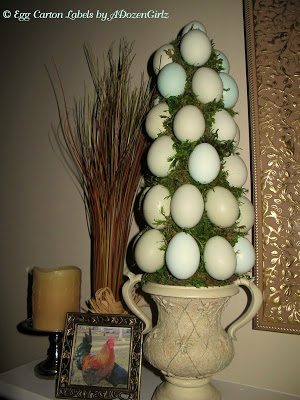

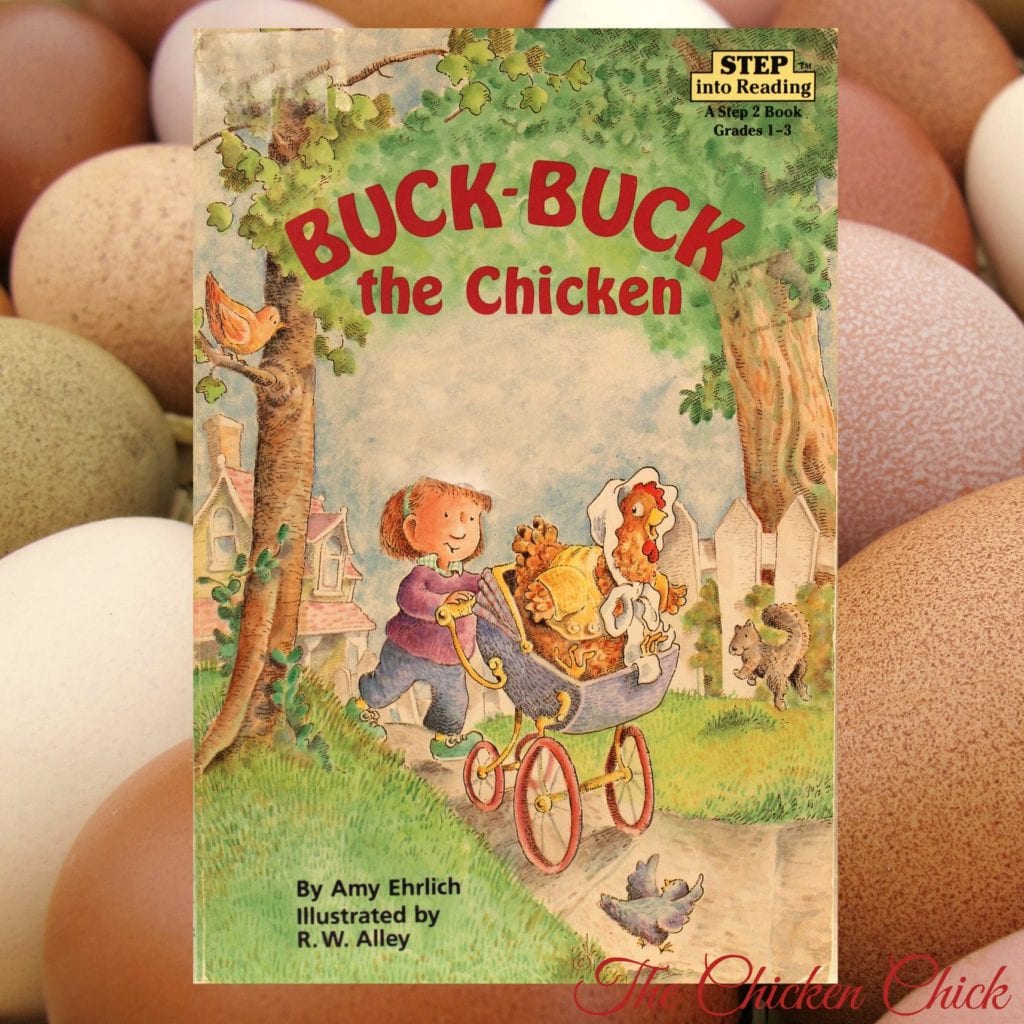















Is sphagnum peat moss ok to use in dust bath
Time after time I click on a Pinterest pin which is exactly what I have been looking for and it takes me to your site! You have the most informative, interesting and to-the-point website And pinterest posts I currently can find. Well done, thank you, and keep up the great work. Best wishes, Lu- Ireland.
I got a two piece plastic dog house for free from craigslist because the latches were broken. Its now the perfect dust bath area. It’s covered and large enough that 4 chickens can bathe together.